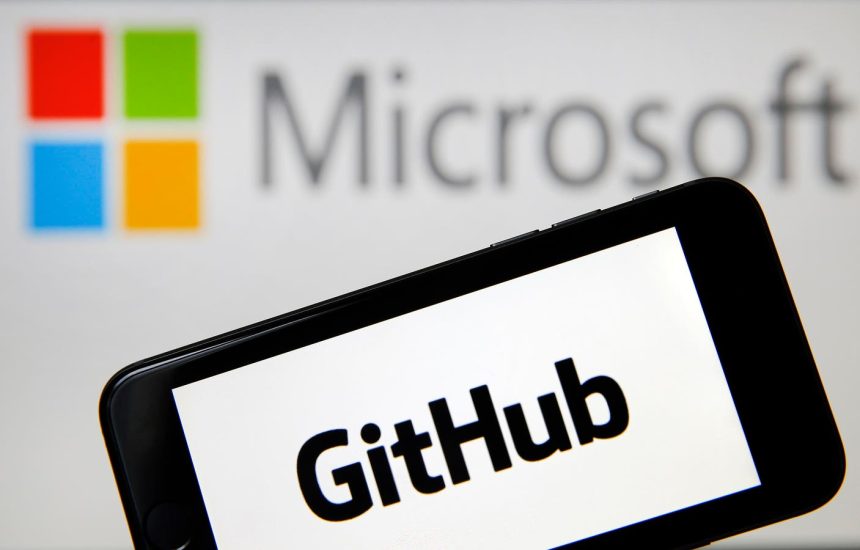The Microsoft AI Tour, held at the Javits Center in New York, offered a glimpse into the tech giant’s ambitious foray into artificial intelligence and its potential impact on businesses of all sizes. The event, attended by over a thousand people, showcased Microsoft’s commitment to democratizing AI, making it accessible even to small businesses. Despite a somewhat scripted presentation format, the underlying message was clear: AI is no longer a futuristic concept but a tangible reality with the power to revolutionize business operations. From no-code/low-code AI model development on GitHub to the enhanced data integration capabilities of Fabric, Microsoft presented a suite of tools designed to empower businesses to harness the power of AI. The underlying theme of the event revolved around the concept of “human augmentation,” emphasizing how AI can enhance human productivity and improve lives.
One of the most significant takeaways from the tour was the newfound accessibility of AI solutions for small businesses. Previously a realm exclusive to large corporations with substantial resources, AI development is now within reach of smaller entities. Microsoft’s extensive library of pre-trained AI models on GitHub, coupled with no-code/low-code platforms and tools like Copilot Studio, provides even inexperienced developers with the means to create sophisticated AI applications. The upgraded Fabric platform further simplifies the process, enabling the integration of diverse data sources, including text and images, and facilitating query writing through Copilot prompts. This creates the opportunity for businesses to build their own large language models (LLMs), tailored to their specific needs and trained on their unique data sets, ranging from customer service chatbots to complex internal systems for inventory planning and project management. While the tools themselves are relatively affordable, the overall investment, including skilled developers and consultants, remains significant, yet considerably less than the prohibitive costs of the past.
Despite the emphasis on human enhancement, an underlying tension permeated the event. While presenters consistently highlighted the benefits of AI for human workers, the demonstrations themselves often hinted at potential job displacement. A striking example was the demonstration of a remarkably human-like chatbot capable of handling customer service inquiries. While impressive from a technological standpoint, it also underscored the possibility of human customer service representatives being rendered obsolete. This dichotomy between the purported human-centric focus and the potential for job displacement highlighted an unspoken truth: AI, while potentially beneficial, could also lead to significant shifts in the labor market. This disconnect between rhetoric and reality left many attendees questioning the true implications of AI for the future of work.
Beyond the philosophical debates surrounding AI and its impact on human labor, the event also showcased the emerging importance of “agents” in the Microsoft AI ecosystem. These behind-the-scenes automated programs are poised to take on an increasing range of tasks, from ordering products and processing payroll to sending emails and detecting malware. While the current generation of agents may not yet be fully reliable, their potential is undeniable. As these agents become more sophisticated and dependable, they promise to automate many routine business processes, freeing up human workers for more strategic endeavors. The Microsoft AI Tour clearly positioned agents as a key component of the future of AI in business.
Interestingly, despite Microsoft’s fervent promotion of its AI capabilities, a palpable sense of caution remained evident, even among the company’s own employees. Several presenters alluded to the “bravery” required to demonstrate AI applications live, acknowledging the inherent risks and potential for unexpected outcomes. This hesitancy hinted at the ongoing development and refinement required before these technologies become fully reliable and ready for widespread enterprise adoption. The cautious approach, while understandable given the nascent stage of many AI applications, also provided a degree of reassurance. The recognition of potential limitations suggests a measured approach to AI implementation, allowing for iterative development and refinement before full-scale deployment.
Finally, on a lighter note, the event also revealed a pervasive uncertainty surrounding the pronunciation of “Azure,” Microsoft’s cloud platform. The ambiguity, while amusing, also underscored the sometimes-challenging nature of technological terminology.
In conclusion, the Microsoft AI Tour offered a valuable insight into the rapidly evolving landscape of artificial intelligence and its growing impact on the business world. From empowering small businesses with AI development tools to showcasing the potential of automated agents, the event highlighted the transformative power of AI. While questions surrounding job displacement and the reliability of nascent AI technologies linger, the overall message was clear: AI is here to stay, and businesses that embrace its potential will be best positioned for success in the years to come. The challenge lies not in resisting this technological shift, but in understanding and harnessing its power responsibly and ethically.



